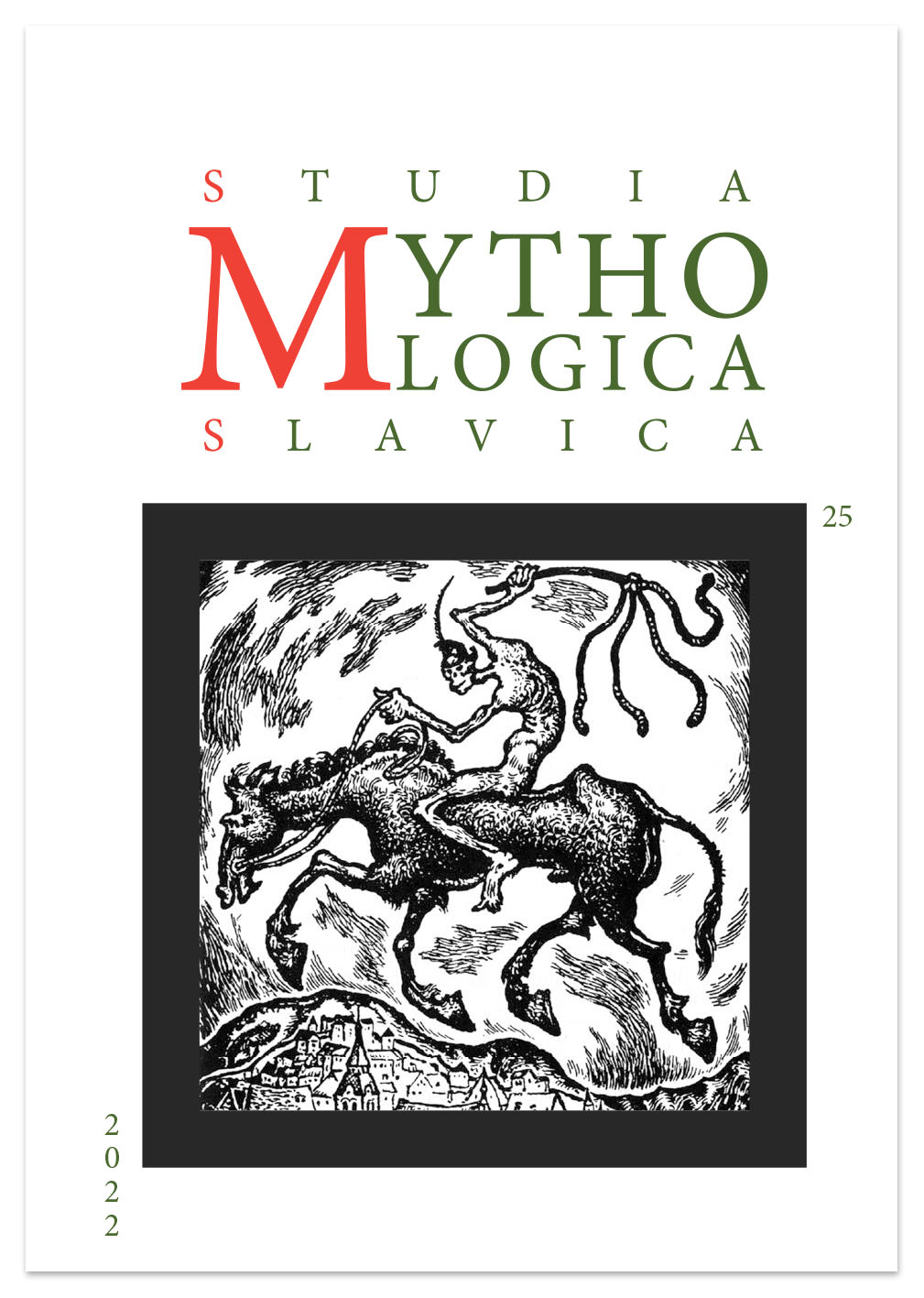How do We Know the Ancient Slavs also Knew Gnomons?
DOI:
https://doi.org/10.3986/SMS20222513Keywords:
ancient Slavs, ancient astronomy, sacred triangles, solar angle, gnomon, circular reasoningAbstract
I will attempt to demonstrate that the ‘sacred triangles based on the solar angle’ hypothesis cannot be regarded as a serious scientific proposition because it seems uncorroborated by any solid evidence. It is more an example of circular reasoning, which entails supporting the idea that the ancient Slavs knew about the obliquity of the ecliptic by pointing to the purported existence of ‘sacred triangles’, while also proving the existence of these ‘sacred triangles’ by demonstrating the ancient Slavs were familiar with the value for the obliquity. Certain structures portrayed as gnomons in ancient Slavic contexts are shown to have been overzealously interpreted by modern scholars. This is revealed in a detailed analysis of several of these ‘gnomons’. Finally, it is observed that the ‘sacred triangles’ scholarship engages with neither the modern history of science nor modern studies of myth, the very disciplines that could provide the scholars involved with a better perspective on the subjects to which they are so passionately committed.
Downloads
References
Bilić, Tomislav, 2020: Mit o “svetim trokutima” temeljenima na “sunčevom kutu” – analiza “astronomije” ranih Slavena. Studia mythologica Slavica 23, 35–50.
Bilić, Tomislav, 2021: The Land of the Solstices: Myth, geography and astronomy in ancient Greece. Oxford: BAR Publishing (BAR International Series 3039).
Couprie, Dirk L., 2011: Heaven and Earth in Ancient Greek Cosmology. From Thales to Heraclides Ponticus. New York: Springer.
Gamkrelidze, Thomas V.; Ivanov, Vjaceslav V., 1995: Indo-European and the Indo-Europeans: A reconstruction and historical analysis of a proto-language and a proto-culture. 2 vols. Berlin: Mouton de Gruyter (Trends in Linguistics. Studies and Monographs 80).
Kale, Jadran, 2010: Kamo idu hrvatske zvijezde? In: Marjanić, Suzana; Prica, Ines (eds.), Mitski zbornik. Zagreb: Institut za etnologiju i folkloristiku, Hrvatsko etnološko društvo, Scarabeus-naklada, 379–392.
Lloyd, Geoffrey Ernest Richard, 1990: Demystifying Mentalities. Cambridge: Cambridge University Press.
Pleterski, Andrej, 2014: Kulturni genom: Prostor in njegovi ideogrami mitične zgodbe (Studia mythologica slavica - Supplementum 10). Ljubljana: Založba ZRC, ZRC SAZU.
Pleterski, Andrej, 2020: Mitična pokrajina. Preizkusi njenega obstoja z napovednima modeloma na primeru Bleda / A mythical landscape. Tests of its existence with predictive models for the Bled case. In: Štular, Benjamin (ed.), Srednjeveški Blejski otok v arheoloških virih / Medieval archaeology of Bled Island (Opera Instituti archaeologici Sloveniae 42). Ljubljana: Založba ZRC. 235–277.
Pleterski, Andrej, 2021: Tudi stari Slovani so poznali gnomone / The ancient Slavs also knew gnomons. Studia mythologica Slavica 24, 257–264.
Pleterski, Andrej; Mareš, Jiři J., 2003: Astronomische Grundlagen einiger frühmittelalterlichen Kultstellen in Praha. Studia mythologica Slavica 6, 9–35.
Pulec, Miloš Josef, 1960: Vyšehrad. Praha: Sportovní a turistické nakladatelství.
Wagner, David František, 2014: Miloš Josef Pulec a Starokatolická církev. Diploma thesis, Universita Karlova v Praze.
Downloads
Published
Versions
- 2022-10-28 (2)
- 2022-10-12 (1)
How to Cite
Issue
Section
License

This work is licensed under a Creative Commons Attribution-NonCommercial-NoDerivatives 4.0 International License.
Authors guarantee that the work is their own original creation and does not infringe any statutory or common-law copyright or any proprietary right of any third party. In case of claims by third parties, authors commit their self to defend the interests of the publisher, and shall cover any potential costs.
More in: Submission chapter





